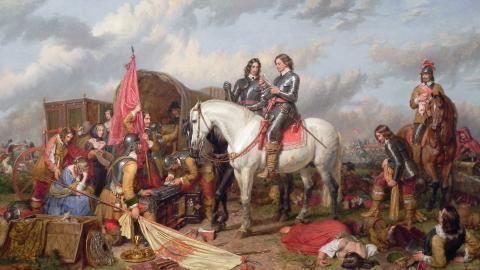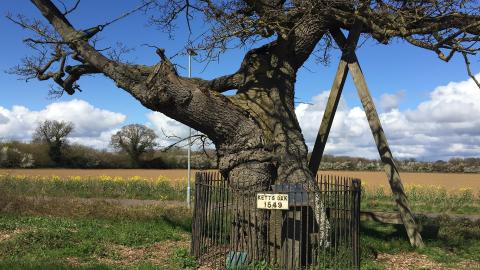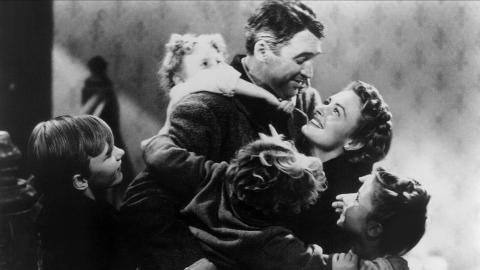Invasion of the Body Snatchers
'Father,' said young Jerry, 'what's a Resurrection-Man?'... 'Well,' returned Mr Cruncher... 'he's a tradesman.' 'What's his goods, father?' asked the lively boy. 'His goods... is a branch of Scientific goods.
Charles Dickens, A Tale of Two Cities 1859
Thanks to the notorious Burke and Hare, we've all heard of the grizzly activity of grave robbing. What isn't so well known is that in 18th century England, the trade in human carcasses was largely accepted by society. And London was a major centre.
London's population boomed in the 1700s. With overcrowding came disease – and a dire need for trained medics to treat it. The Company of Barber Surgeons, a relic of the medieval guilds, just wasn't up to the job of training surgical specialists. So in 1745, a breakaway group formed a separate Company of Surgeons (later, The Royal College of Surgeons). The company was granted rights to the bodies of all executed murderers for use in its public anatomy lectures. But, thanks to a drastic drop in the number of executions, the lectures were given infrequently. And those that went ahead became more public spectacle than practical instruction for aspiring surgeons.
Instead, a host of private medical schools sprang up to teach students every aspect of medicine; the most famous was William Hunter's school in Great Windmill Street. These schools needed bodies – lots of them. Unentitled even to the bodies of murderers, they relied on body snatchers – otherwise known as Resurrectionists – for a steady supply of fresh corpses.
With fresh bodies fetching as much as four guineas and punishment being limited to a fine rather than imprisonment or deportation, many were willing to flout the law. In fact, there was a widely held belief that, so long as bodies were delivered naked (so that there was no theft of possessions), it was hardly a crime at all. The authorities certainly seemed to support this view. Ignoring public criticism, they generally turned a blind eye, regarding grave robbing as a necessary evil in the advancement of medical science.
Corpses were often stolen before the funeral had even taken place. Or else relatives were bribed to sell their loved ones' remains – often against their wishes. Grave robbers operated at night, often in the winter (when bodies remained fresher for longer), often while drunk: to keep out the cold and anaesthetise themselves from the horrors of their work. Using wooden spades to reduce noise, they would dig at the head of a grave, crowbar open the coffin and drag out the body.
As relatives tried harder to protect their loved ones' mortal remains – sitting vigil by the graveside until the bodies were decomposed beyond usefulness – the robbers became more devious. Some reportedly lifted a small piece of turf up to 6m from the grave end, dug a tunnel and dragged the body through. Once the turf was replaced, the relatives would have no idea the theft had occurred.
Hospital porters colluded in the trade by leaving out hampers for the body snatchers to use to transport corpses to known safe houses, where surgeons and anatomists would take their pick. Funerals directors and sextons were also often actively involved or easily bribed.
The unsavoury trade only came to an end after the sensational trails in the late 1820s of Burke and Hare and London's own murderer and Resurrectionists, John Bishop. The Anatomy Act of 1832 ended the body snatching and other 'disappearances' by allowing the dissection of the destitute.
Did you know?
During the 18th century, devices called mort-safes – either stone coffins or iron cages, bands or chains – were used by those who could afford them to protect bodies from grave robbers.
















